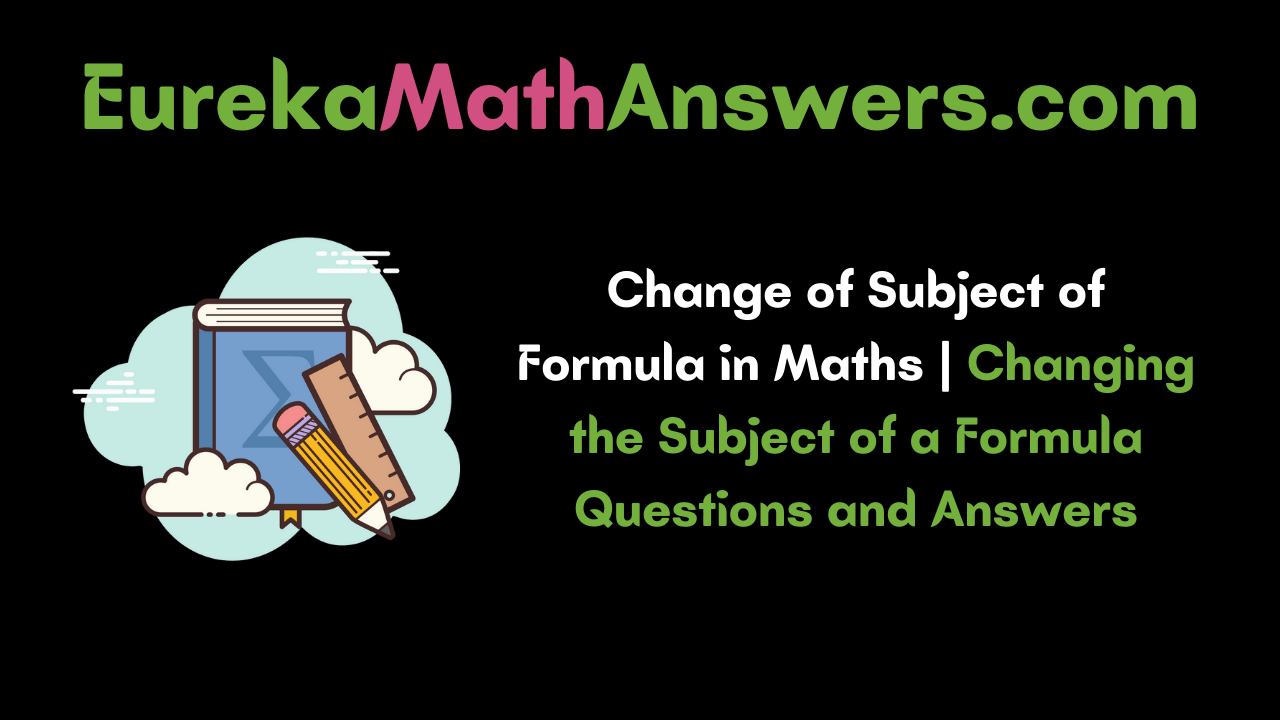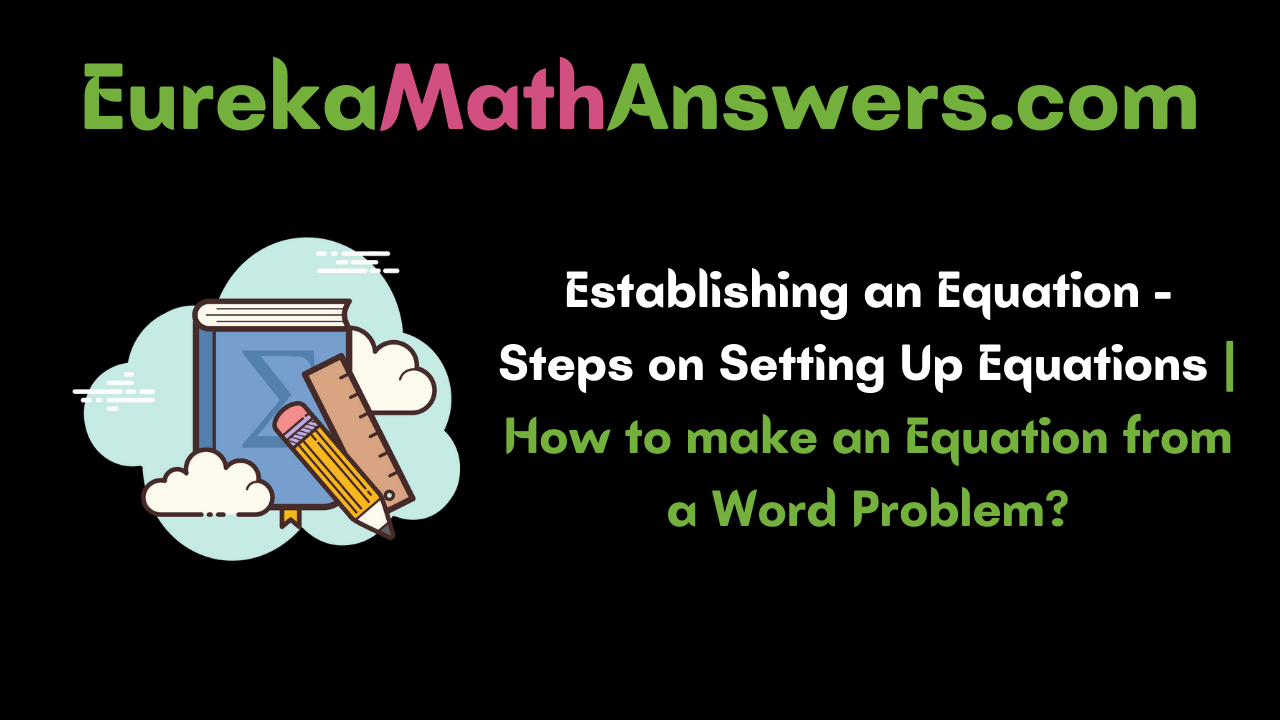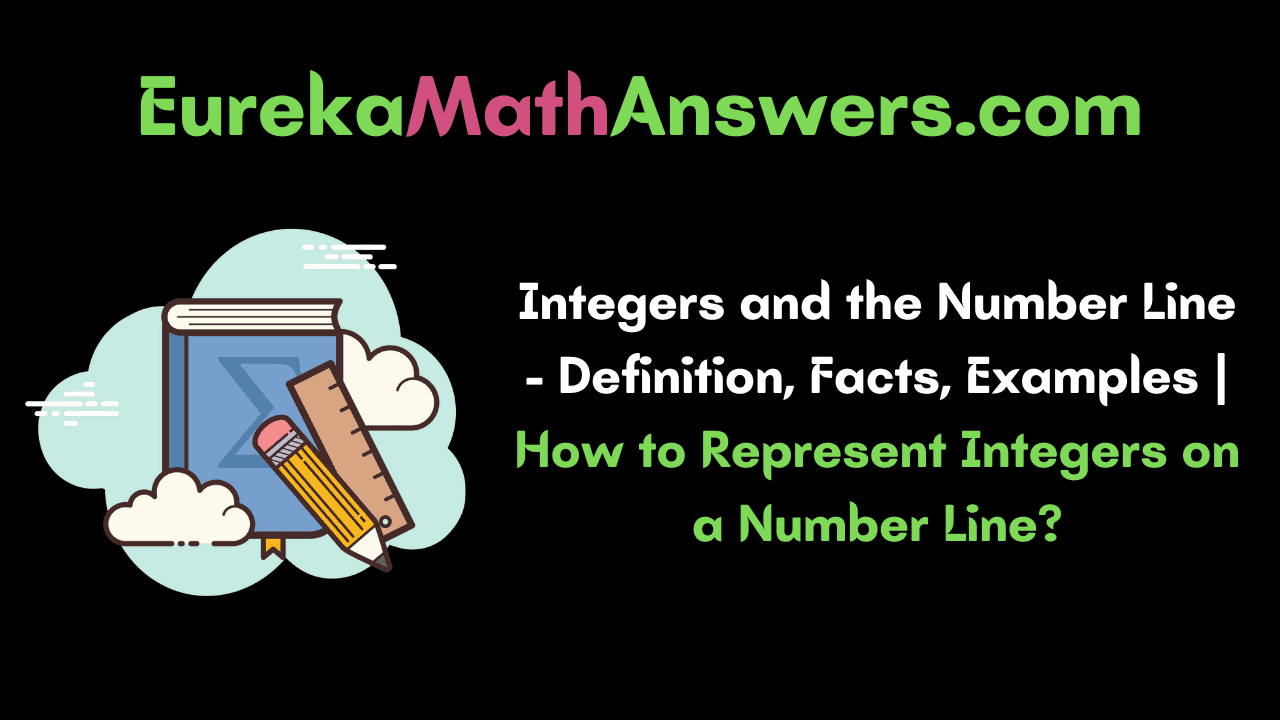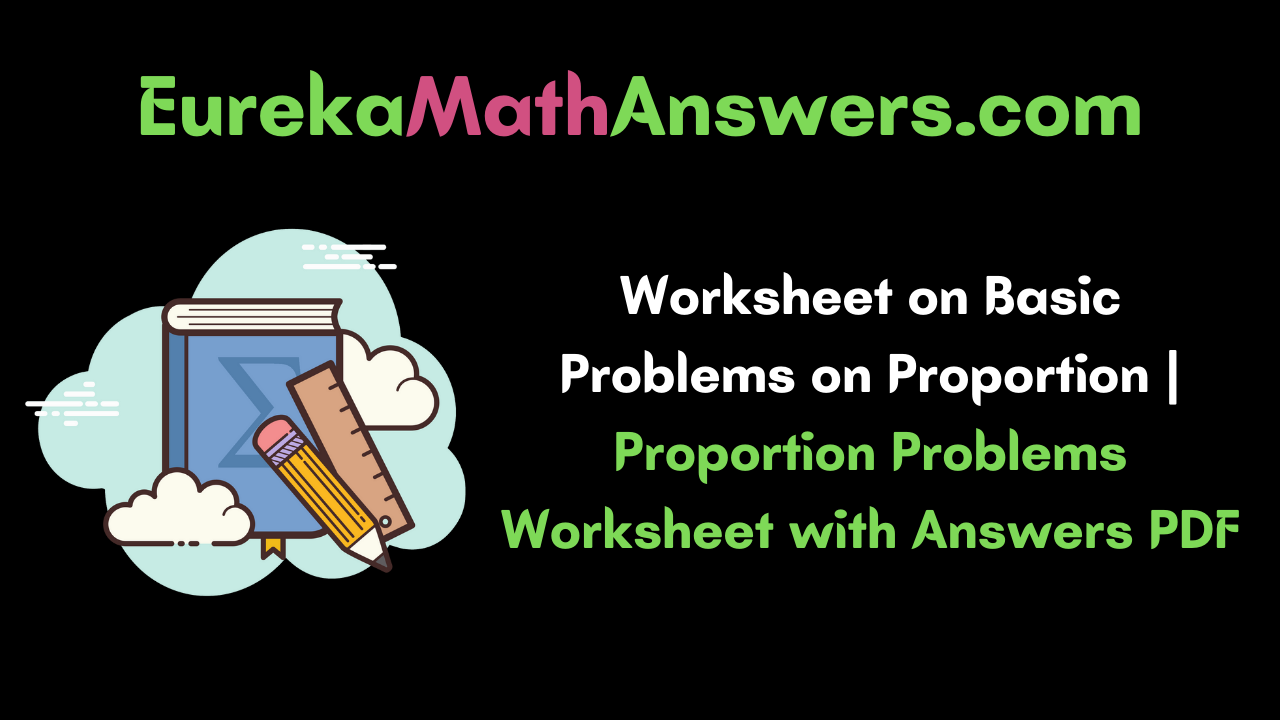Change of Subject of Formula: The main intention while changing the subject of a formula is to make the variable becoming the subject stand alone and be on the left side of the expression. Want to know the procedure to change the subject of an equation or formula along with the methods used during rearranging formulae? Refer to this productive article and gain extra knowledge about math equations and formulas.
Subject of the Formula Meaning
The variables that states in other variables is known as the Subject of a Formula. Also, finding the solution of the unknown quantity using the hints and values of known variables in the given context is considered to be the subject formula.
Example:
a = lb, where a is the subject of the formula. This equation express in terms of the product of the l and b. If you want to know how to do the Change of Subject of Formula, then go with the below steps and learn efficiently along with solved examples.
How do you solve the Change of Subject Formula?
Changing the subject of the formula is simply done by rearranging the formula using the arithmetic operations and getting the required subject.
- To change the subject formula, first, we have to change its side and change operations.
- If the variable of one side moved to the other side of equal sign then the operation becomes inverse.
- Likewise, all variables need to move to the opposite side and we have to get the required subject of the formula or equation.
For Example:
Change y as a subject of the formula in x + y = 2a + 2b.
Solution:
Given that x + y = 2a + 2b
x is added to y
To solve the y as the subject of the formula, we need to subtract x on both sides ie.,
x + y – x = 2a + 2b – x
y = 2a + 2b – x
Therefore, final answer is y = 2(a + b) – x.
Do Check: Establishing an Equation
Solved Examples on Change of Subject of Formula in Mathematics
Example 1:
The volume of a cuboid is the product of the length and breadth and height of the cuboid. Change ‘h’ as a subject of the formula?
Solution:
Given that the volume of a cuboid is the product of length and breadth and height of the cuboid.
The volume of a cuboid = v
The length of the cuboid = l
The breadth of the cuboid = b
The height of the cuboid = h
v = l x b x h
Now, find the change of subject of formula with h.
To make h subject of the formula, rearrange the equation by performing common operations.
Now, divide with l x b on both sides of the expression
\(\frac { v }{ l x b } \) =\(\frac { l x b x h }{ l x b } \)
\(\frac { v }{ l x b } \) = h
Hence, h = \(\frac { v }{ l x b } \).
Example 2:
Change the subject of the formula below to Q;
P = √\(\frac { 2Qh }{ 100 } \)
Solution:
Given that P = √\(\frac { 2Qh }{ 100 } \)
Step 1: The target variable to change the subject of the formula is Q. Hence, to make Q subject, we have to remove the square root. This can be possible by applying square on both sides;
P² = \(\frac { 2Qh }{ 100 } \)
Step 2: Now, cross multiply both sides;
2Qh x 1 = P² x 100
2Qh = 100P²
Step 3: Finally, divide both sides by 2h;
\(\frac { 2Qh }{ 2h } \) = \(\frac { 100P² }{ 2h } \)
Q = \(\frac { 100P² }{ 2h } \)
Since 2 can divide 100, perform that operation for getting a final result;
Q = \(\frac { 50P² }{ h } \)
The above equation is the required equation in which the subject is ‘Q’.
FAQs on Changing the Subject of a Formula
1. How to solve the change of subject equation or formula?
In order to change the subject of a formula, first, find the new subject variable from the given expression. In the next step, apply the inverse operation to deal with other variables in the equation. At last, rearrange the formula and remain the subject of the formula on the left side of the expression.
2. What is the rule to apply while changing the subject of an equation?
The important rule followed while rearranging formulae is Operation that is utilized to make the change of subject had to be applied to both sides of the expression.
3. How do you change the subject of the area of a circle formula?












